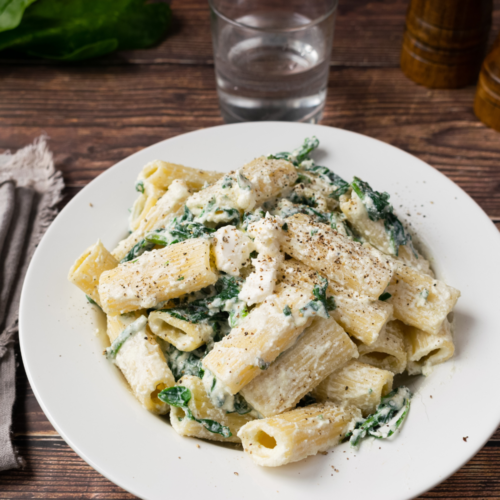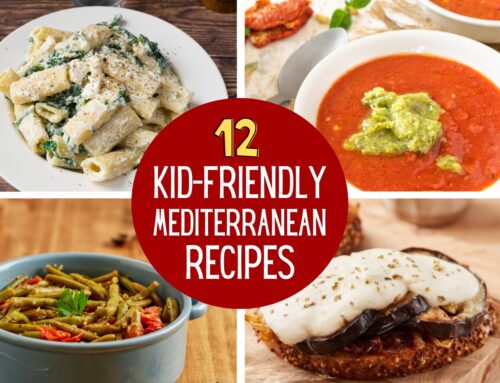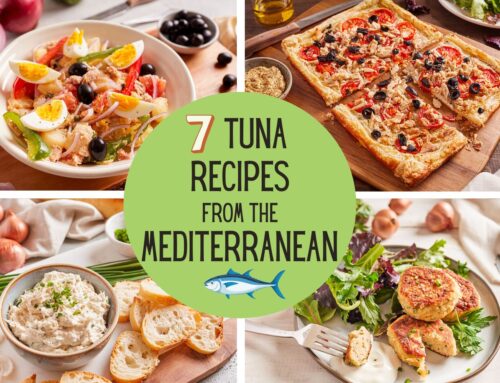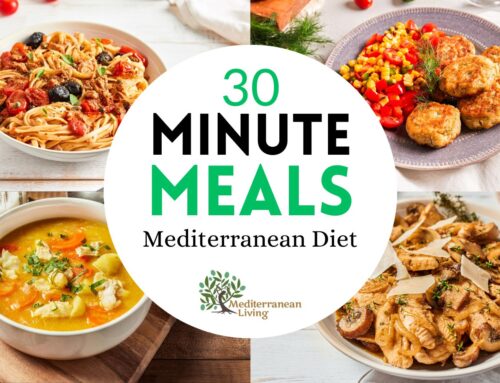In the history of Italian culinary tradition, many dishes still cooked today — such as parmigiana, lasagna, and the rice timbale, sartu — were prepared and invented at the time in centuries past when royal families lived in the country.
It is well-known that during the reign of the Borboni, skilled chefs had an important role in the royal palace. Cooking, inventing dishes, and surprising guests were important tasks. The dishes were shown off with abundance and pomposity. Using sumptuous ingredients or rare spices, for instance, had strategic importance for the kitchen, satisfying royal expectations.

However, from two hundred years ago to now, those recipes have been developed, changed, and smoothed. The passage from the royal family through the population has inevitably cut off some expensive and difficult ingredients, with meat or fish sometimes substituted with affordable vegetables.
Less expensive fish, such as anchovies or sardines, were substituted for pricier fish. Skipping meat made space for vegetables, and spinach came out as a wonderful meat substitute.
While spinach is mostly composed of water, this vegetable has 4% carbohydrates, 3% protein, and basically no fat. Especially when consumed fresh, raw, or steamed, spinach has very high nutritional value, with vitamin A, vitamin C, vitamin K, magnesium, manganese, and, most importantly, B vitamins and iron, which makes it a superfood and nutritionally one of the most similar vegetables to meat.
In fact, ricotta cheese and spinach have become a multifunctional pairing in the food industry. It is very common to find famous brands of tortellini or stuffed pasta shells with these two ingredients. Often, in processed foods, spinach is used as more of a marketing strategy than for its nutritional benefits, since, in most cases, the spinach is used only in powdered form in small amounts.
But in this quick and easy spinach and ricotta pasta recipe, we will use raw spinach leaves to keep the high value of nutrients, iron, and vitamins. We pair it with fresh ricotta to smooth out the tannic flavor typical of this vegetable when it’s eaten raw. This spinach ricotta pasta is simple to make with the most delicious creamy texture that will have you wanting to make it every week.
Notes
- You can substitute the ricotta cheese in this recipe with Robiola, a soft, fresh cheese that is made throughout northern Italy. Robiola is made from cow, goat, sheep’s milk, or a combination of two kinds of cheese.
- If you’d like to add some additional ingredients and flavorings to this recipe for spinach and ricotta pasta, here are my suggestions. You’ll want to cook them separately before stirring them into the ricotta mixture when you add the pasta.
- Sauteed or grilled vegetables, like asparagus, red bell pepper, zucchini, or artichokes.
- Steamed frozen peas or frozen broccoli florets.
- A handful of chopped fresh herbs, like basil, chives, or parsley. Add them to the blender and they’ll chop right up!
- Grilled chicken (either served on the side or shredded and added to the pasta).
- Skillet shrimp (served on the side or added to the pasta).
- Smoked or grilled salmon (as above).
- Roasted cherry tomatoes or chopped sundried tomatoes.
- A pinch of ground nutmeg.
- Lemon zest and juice (see FAQs for details).
- If you can’t resist a dash of heat, add a pinch of crushed red pepper flakes instead of black pepper as a garnish.
- Another easy swap is spinach for kale if that’s your preference. You can use frozen chopped spinach but I do recommend opting for fresh spinach. If you use frozen spinach you’ll want to squeeze out as much water as possible, otherwise, the sauce will be too watery.
FAQs
Does ricotta melt into a sauce?
No, ricotta cheese doesn’t melt like other types of cheese. However, you can bake it, heat it, or blend it in this instance until it reaches a creamy texture. Ricotta is the perfect cheese to make any pasta sauce thick and creamy.
Do you have to use rigatoni in spinach and ricotta pasta?
No, you can use any type of pasta in this spinach and ricotta pasta recipe. This includes penne, fettuccine, linguine, or spaghetti.
How do you make lemon ricotta pasta?
Lemon is a great addition to this recipe and perfectly complements both ricotta cheese and spinach. Add one lemon (juice and zest) to the ricotta sauce. Then continue with the recipe and serve it with lemon wedges.
How do you serve spinach ricotta pasta?
As mentioned, you can serve this spinach & ricotta pasta as a side dish with a meat-based main dish, like shrimp, grilled chicken, or grilled salmon. A vegetarian option would be grilled vegetables. But like most pasta recipes, it would also taste delicious served simply with a side of garlic bread.
How do you store leftover spinach and ricotta pasta?
You can store leftover creamy ricotta spinach pasta in an airtight container in the fridge for up to four days.
Can you reheat spinach and ricotta pasta?
Yes, simply reheat it in the microwave until heated through.
Can you freeze spinach and ricotta pasta?
I don’t recommend freezing this particular ricotta and spinach pasta recipe, because freezing the ricotta changes its texture (and not in a good way). Lucky it’s so quick and easy to make!

Rigatoni with Creamy Ricotta and Spinach (Rigatoni e Spinaci)
Ingredients
- ½ pound Fresh buffalo, cow, goat, or whole milk ricotta cheese or Robiola cheese, plus 2 tablespoons for serving
- 3 tbsp Extra virgin olive oil, divided
- 1 tsp Apple cider vinegar
- 1 tsp Salt
- 1 tsp Crushed black pepper, plus more for serving
- 2½ ounces Washed fresh baby spinach, cut into chiffonade
- 8 ounces Rigatoni pasta (Use gluten free to make gluten free recipe)
- 2 tbsp Freshly grated parmesan cheese
Instructions
- Mix the ricotta with a blender (or by hand with a whisk), with 2 tablespoons of olive oil, vinegar, salt, and pepper, until you get a yogurt-like consistency. If it is not soft enough, mix in 1 to 2 tablespoons of warm water.
- In a large bowl, stir the spinach into the ricotta mixture and set it aside.
- In a large pot of salted water, cook pasta according to package directions for al dente pasta. Scoop some pasta cooking water out of the pot with a heatproof measuring cup, then drain the pasta. Combine the pasta with the ricotta and spinach mixture in the bowl.
- Stir in the parmesan cheese, adding some of the reserved pasta water, if needed, to smoothly mix the parmesan with the pasta and ricotta.
- Divide the pasta into two serving dishes, top each with a tablespoon of ricotta and some freshly ground black pepper, and serve.






Yum